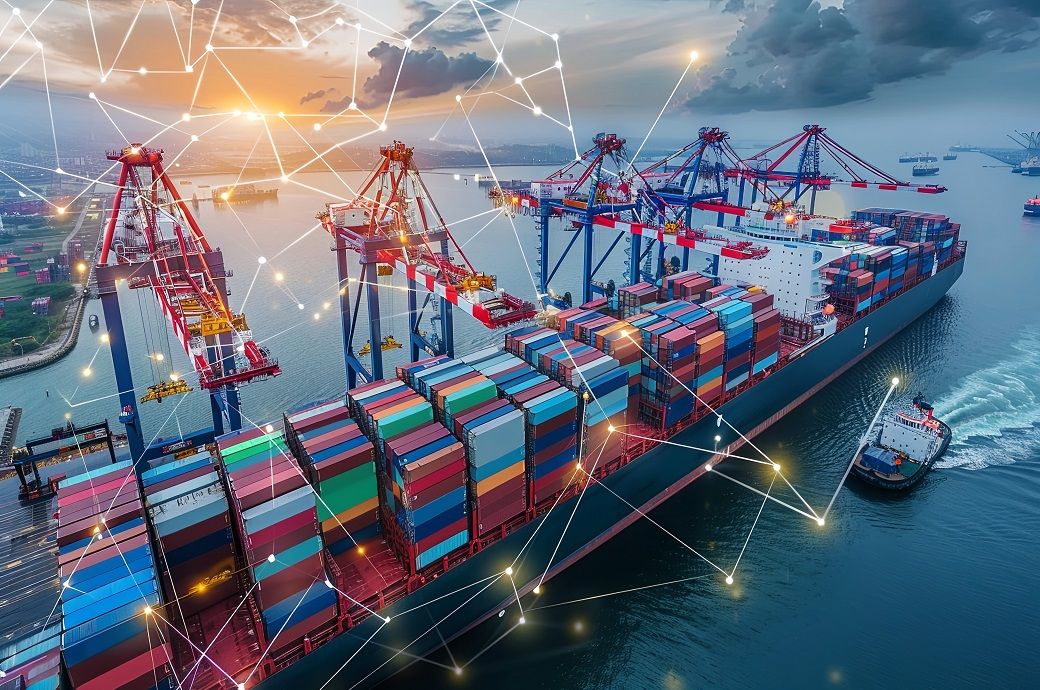

The fallout from the ongoing Red Sea situation continues to create significant challenges for global supply chains and customers, according to Maersk's Asia Pacific July Market Update. Since December 2023, industry-wide disruptions have forced vessels to divert around the Cape of Good Hope, causing unprecedented logistical challenges.
Maersk ships are currently rerouting around Africa via the Cape of Good Hope, resulting in longer transit times. The situation has particularly impacted Asian exports, as Asian countries are major global exporters, and routes between the Far East and Europe via the Suez Canal have been directly affected. The disruptions extend beyond these routes, impacting the entire ocean network.
The Oceania network faces significant congestion at Southeast Asian hubs, crucial for connecting Oceania’s cargo to Maersk’s global network. Equipment shortages and constrained capacity due to Red Sea disruptions have caused delays, posing risks of congestion at Australian ports. The congestion has also affected Northeast Asia and Greater China ports. Asian hubs are experiencing congestion across key ports, causing delays and bottlenecks that ripple through the entire system. Reorganised ocean networks have led to a wider global impact, affecting regions not originally impacted by the Red Sea situation, as per Maersk.
Global cargo demand remains robust, driven by strong Asian exports to North America and Europe. For time-sensitive goods, air freight services, including sea-air solutions, are being utilised.
Capacity remains tight for routes from the Far East to North Europe due to the Red Sea situation, with strong shipment demand. Similar capacity constraints and strong demand are expected to continue into the third quarter (Q3) of 2024 for the Far East to Mediterranean routes. Far East to US coasts routes, despite extra capacity, continue to experience strong demand and tight capacity. Far East to South America routes face tight capacity and strong demand persist. Demand for routes into India and the Middle Eastern market also remains strong, limiting available capacity.
The market remains dynamic with strong demand but limited capacity for Far East to Africa routes. Asia to Australia and New Zealand routes continue to face disruptions due to congestion at major hub ports in Asia. Over the past three months, the total capacity has been reduced as vessels are diverted to higher-demand trade routes. Demand growth remains robust, with a significant increase in Q1. Routes from Oceania to Europe and the Middle East continue to experience tight capacity supply due to rerouting and port congestion. Market demand into India has significantly increased following the free trade agreement between India and Australia. For Oceania to the Americas, strong demand for routes to the US East Coast and Latin America is indirectly impacted by disruptions in the Red Sea as the demand is expected to remain strong in the foreseeable future.
Intra-Asia routes are also experiencing equipment shortages, particularly out of China. This industry-wide issue initially affected long-haul shipping but has now extended to intra-Asia routes. The demand for export containers in China places a difficult balance for carriers like Maersk, in deciding whether to prioritise limited vessel capacity in carrying empty containers back to China or laden containers to other destinations, considering increased shipping costs. This decision further contributes to supply chain inefficiencies.
We are faced with these challenges together and we need to make sure that we stay close to them as we handle the new set of circumstances that continues to unfold in front of us. These disruptions, and the impact they are having on your business, is not something that I, nor any colleagues at Maersk, take lightly. We know it is hard. We know it is difficult for you. We know it puts you under a lot of pressure,” said AP Moller, CEO of Maersk.
Fibre2Fashion News Desk (DP)